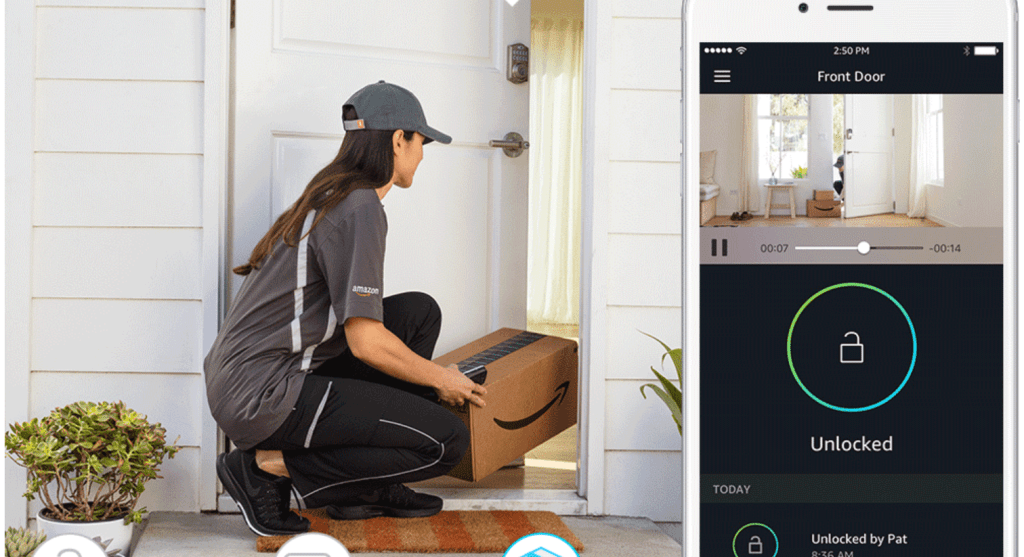Researchers with Rhino Security Labs demonstrated how to disable the camera on Amazon Key, which could let a rogue courier to access the customers’ home.
Earlier this month, Amazon announced for its Prime members the Amazon Key, a program that would allow a delivery person to enter your home under video surveillance, securely drop off the package, and leave with the door locking behind them. The system could also be used to grant access to the people you trust, like your family, friends, or house cleaner.
Sincerely, I don’t like this idea, but many Prime users will appreciate it for sure.
Well, these users have to know that experts from the security firm Rhino Security Labs demonstrated how easy it is to hack the Amazon Key allowing unauthorized people to access your home.
The researchers have discovered a flaw in Amazon’s Key delivery service and Cloud Cam security camera that could be exploited by a rogue courier to tamper with the camera and knock it offline, making it appear no one is entering home.
Homeowners can use the Amazon Key app to remotely monitor their front door via a video feed and receive Amazon delivery alerts, the app used by Prime customers could be used to unlock and lock their door.
Experts from Rhino Labs developed an application that can forge a request from the Wi-Fi router the Cloud Cam device is connected to instruct the camera to halt displaying a frozen image on the video feed making it appear the user’s front door is closed.
The experts published a video PoC of so-called de-authentication attack. The attack sees a courier unlocks the front door using the Amazon Key app, then the attacker sends a de-authorization command to the Cloud Cam for turning off the camera.
The attack repeatedly blocks the Wi-Fi signal causing the Amazon Key app displaying a frozen image until the attackers cease the jamming.
“The camera is very much something Amazon is relying on in pitching the security of this as a safe solution,” Ben Caudill, the founder of the Seattle-based security firm Rhino Security Labs, told Wired. “Disabling that camera on command is a pretty powerful capability when you’re talking about environments where you’re relying heavily on that being a critical safety mechanism.”
Then a rogue delivery person could unlock the door and surreptitiously enter the house without being seen on the Cloud Cam feed.
“We currently notify customers if the camera is offline for an extended period… Later this week, we will deploy an update to more quickly provide notifications if the camera goes offline during delivery.” reads a statement published by Amazon.
“The service will not unlock the door if the Wi-Fi is disabled and the camera is not online.”
Amazon believes the Rhino Labs’s attack poses little risk to customers because it requests specific technical skills to be arranged and also emphasizes the root of the problem is tied to an issue with the Wi-Fi protocol, not the Amazon Key.
While Amazon points out that every driver’s action is recorded, Rhino Labs researchers speculate that a malicious third-party can follow around an Amazon delivery person to power the attack.
Amazon added that this type of attack is even less likely to succeed, because the delivery person must double-check a door is locked after every delivery according its policy.


